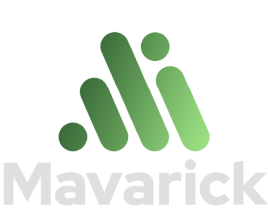

How to Tackle Supply Chain Emissions with Carbon Accounting Software
Table of Contents
- What are Supply Chain Emissions?
- Why is it Important to Make Supply Chains More Sustainable?
- Reducing Carbon Footprints for a Greener Future
- Strengthening Supply Chain Resilience and Risk Management
- Driving Business Growth Through Sustainability Leadership
- How to Reduce the Carbon Footprint of Your Supply Chain?
- Optimise Transportation and Logistics
- Source Sustainable Materials
- Improve Energy Efficiency in Manufacturing
- Embrace Circular Economy Principles
- Leverage Carbon Accounting Tools
- What is the Difference Between Scope 3 Emissions and Supply Chain Emissions?
- Challenges of Reporting Scope 3 & Supply Chain Carbon Emissions
- Data Collection and Quality
- Lack of Standardisation
- Supplier Engagement and Collaboration
- Resource Intensiveness
- Regulatory Compliance and Reporting Frameworks
- Which Are the Most Polluted Supply Chains?
- Oil and Gas Industry
- Food and Agriculture Sector
- Apparel and Textiles Industry
- Electronics and Technology Sector
- Metals and Mining Industry
- Automotive Industry
- Supplier Emissions – Validations & Approvals
- Verification of Data Sources
- Adherence to Reporting Standards
- Independent Third-Party Audits
- Technology-Driven Solutions
- Supplier Collaboration and Training
- How Carbon Accounting Software Can Help Control Supply Chain Emissions?
- Centralised Data Management
- Automated Emissions Calculations
- Supplier Performance Dashboards
- Integration with Reporting Standards
- Scenario Analysis for Emissions Reduction
- Supplier Collaboration and Engagement
- Validation and Audit Features
- How Can Mavarick Help Make your Supply Chain more Sustainable?
- Accurate Emissions Tracking
- Supplier Engagement and Collaboration
- Compliance with Reporting Standards
- Data Quality and Validation
- Actionable Insights for Emissions Reduction
- Conclusion
- Frequently Asked Questions (FAQs)
What if the key to meaningful carbon reduction lies in how you measure, manage, and report the emissions across your supply chain?
With more than 80% of a company’s total greenhouse gas emissions stemming from supply chain activities, it’s clear that addressing these emissions is crucial for developing effective carbon reduction strategies.
Did you know?
According to the World Economic Forum, eight supply chains across major industries account for more than 50% of global greenhouse gas emissions. This significant contribution underscores the critical need for businesses to address supply chain emissions in their sustainability strategies.
The reason behind these alarming numbers lies in the complexity of modern supply chains. From raw material sourcing to final delivery, every stage leaves a carbon footprint. With rising consumer demand for transparency and stricter environmental regulations, companies can no longer ignore their role in addressing supply chain emissions. The call for accountability has never been louder.
But tackling supply chain emissions isn't easy. The decentralised nature of supply networks, data inconsistencies, and lack of standardised frameworks make carbon reporting a daunting task. Businesses must navigate these challenges to meet regulatory requirements, align with environmental, social, and governance (ESG) goals, and stay competitive in a rapidly evolving market.
So, how can organisations rise to this challenge while driving meaningful change? Let's dive into the basics to understand it better!






What are Supply Chain Emissions?
Supply chain emissions refer to the greenhouse gas (GHG) emissions generated throughout the entire lifecycle of a product or service, from sourcing raw materials to manufacturing, transportation, and delivery. These emissions are often classified as Scope 3 emissions, encompassing the indirect environmental impact of a company’s operations that occur outside its direct control but within its value chain. A more formal definition comes from the Science Based Targets initiative (SBTi): "Supply chain emissions include all indirect upstream and downstream greenhouse gas emissions resulting from an organisation’s operations, including emissions from purchased goods and services, transportation, waste, and end-of-life treatment of sold products." For a comprehensive view of sustainability and carbon reporting, see Sustainability & Carbon Reporting in Manufacturing.
Why is it Important to Make Supply Chains More Sustainable?
Reducing Carbon Footprints for a Greener Future
Tackling carbon footprints begins with better visibility and optimisation across supply chain operations. For example, IBM leverages advanced technologies like AI and blockchain to enhance supply chain transparency and optimise processes. By tracking emissions at every stage, IBM helps companies identify inefficiencies and transition to greener practices, such as sustainable sourcing and energy-efficient logistics, ultimately reducing their carbon footprint (source).Strengthening Supply Chain Resilience and Risk Management
A resilient supply chain not only withstands disruptions but adapts to emerging environmental challenges. The Chartered Institute of Procurement & Supply (CIPS) advocates sustainability as a cornerstone of risk management. CIPS emphasises that integrating eco-friendly practices, such as using renewable materials and fostering supplier collaboration, not only mitigates environmental risks but also strengthens supply chain resilience against climate-related disruptions. Learn how data quality in carbon accounting plays a pivotal role in managing risks effectively.Driving Business Growth Through Sustainability Leadership
Sustainability isn’t just about reducing impact; it’s also a driver of trust and profitability. The Forest Stewardship Council (FSC) works with businesses to integrate sustainability certifications within their supply chains. By promoting responsible sourcing and sustainable forestry practices, FSC enables companies to meet consumer demand for transparency and sustainability, enhancing brand loyalty and attracting ethical investors. Discover strategies to improve supplier engagement and drive sustainable growth in your supply chai
How to Reduce the Carbon Footprint of Your Supply Chain?
Reducing supply chain emissions is a strategic priority for businesses aiming to meet sustainability targets while gaining a competitive edge in a carbon-conscious market.-
Optimise Transportation and Logistics
-
Source Sustainable Materials
-
Improve Energy Efficiency in Manufacturing
-
Embrace Circular Economy Principles
-
Leverage Carbon Accounting Tools
What is the Difference Between Scope 3 Emissions and Supply Chain Emissions?
Scope 3 emissions cover all indirect greenhouse gas emissions across a company’s entire value chain. This includes upstream activities like purchased goods and services, as well as downstream activities such as product use and disposal. Essentially, Scope 3 looks at the bigger picture of a company’s environmental impact. Supply chain emissions, however, are a subset of Scope 3 emissions. They focus only on upstream emissions generated during material sourcing, manufacturing, and transportation by suppliers and logistics partners. Unlike Scope 3, supply chain emissions don’t include downstream activities like end-of-life products or customer use. Understanding this difference is crucial because it helps companies target high-impact areas for carbon reduction. To learn more, explore our insights on Scope 3 carbon emissions and supply chain.Challenges of Reporting Scope 3 & Supply Chain Carbon Emissions
Reporting Scope 3 and supply chain carbon emissions presents several significant challenges for organisations striving to achieve comprehensive sustainability. Here are five key obstacles:Data Collection and Quality
Gathering accurate and complete data from a vast network of suppliers is a daunting task. Many suppliers may lack the resources or expertise to provide precise emissions data, leading to inconsistencies and gaps.Lack of Standardisation
The absence of universally accepted standards for measuring and reporting emissions complicates comparisons and assessments across industries. This lack of standardisation can lead to discrepancies in reporting and hinder efforts to benchmark performance.Supplier Engagement and Collaboration
Encouraging suppliers to participate in emissions reporting requires significant effort. Suppliers may be reluctant to share data due to confidentiality concerns or may lack the necessary infrastructure to track emissions.Resource Intensiveness
The process of tracking and reporting Scope 3 emissions is resource-intensive, often requiring dedicated teams and advanced tools. This can be particularly challenging for small and medium-sized enterprises with limited resources.Regulatory Compliance and Reporting Frameworks
Navigating the evolving landscape of regulations and reporting frameworks adds complexity to emissions reporting. Companies must stay abreast of changes to ensure compliance, which can be challenging given the dynamic nature of environmental regulations. Addressing these challenges requires a concerted effort to improve data quality, standardised reporting practices, engage suppliers effectively, allocate necessary resources, and stay informed about regulatory developments.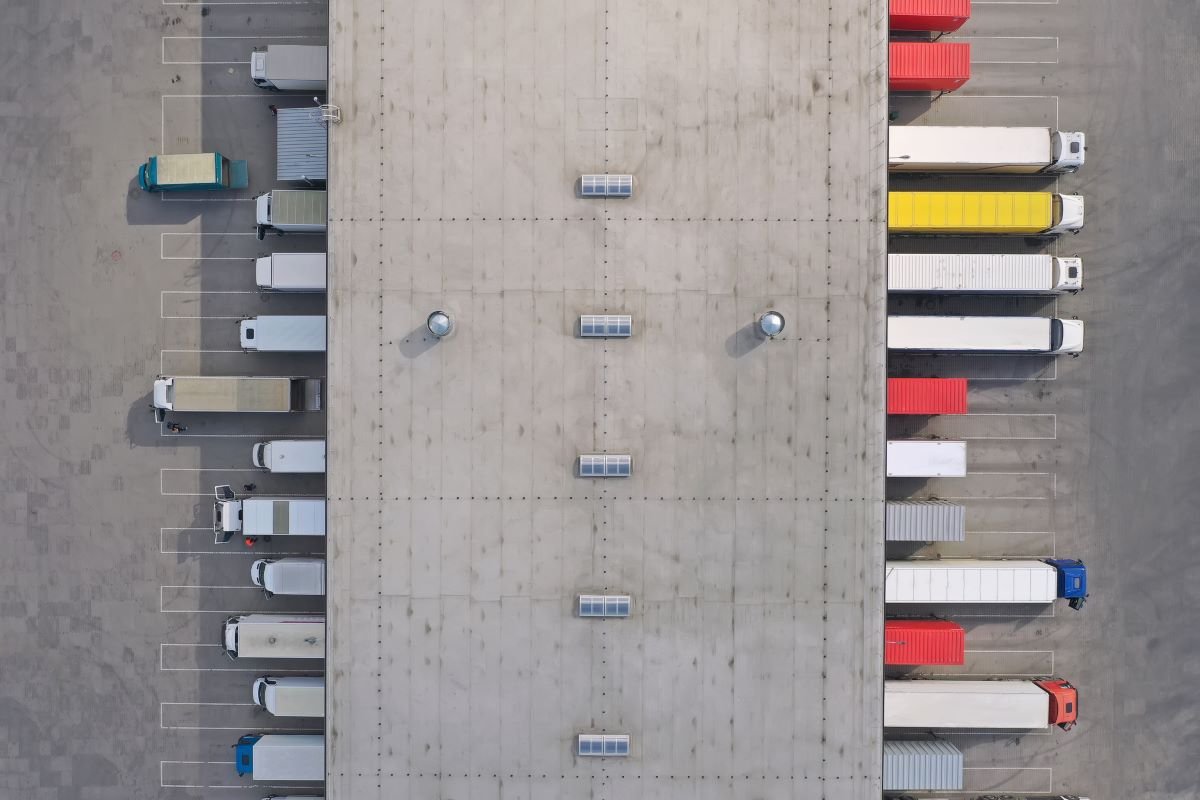
Which Are the Most Polluted Supply Chains?
Certain industries are known to have supply chains with exceptionally high greenhouse gas (GHG) emissions due to their processes, raw material requirements, and global operations. Here are the most polluted supply chains.Oil and Gas Industry
The oil and gas sector are major emitters of GHGs. In 2022, global oil and gas operations produced approximately 5.1 billion metric tons of carbon dioxide equivalent (CO₂). Upstream and downstream methane emissions accounted for nearly half of this total.Food and Agriculture Sector
Agricultural activities are responsible for a significant portion of global emissions. In 2020, global agrifood systems emissions were estimated at 16 billion tonnes of CO₂, marking a 9% increase since 2000.Apparel and Textiles Industry
The fashion industry contributes substantially to environmental pollution. It is estimated that the global fashion industry accounts for about 10% of total global carbon emissions, surpassing the emissions from international flights and maritime shipping combined.Electronics and Technology Sector
The production and disposal of electronic devices has significant environmental impacts. E-waste generation reached 53.6 million metric tons in 2019, with only 17.4% being recycled properly, leading to substantial emissions from improper disposal and resource extraction.Metals and Mining Industry
The extraction and processing of metals are energy-intensive processes. For instance, steel production alone is responsible for approximately 7% of global CO₂ emissions, primarily due to the energy required for iron ore reduction and steel manufacturing.Automotive Industry
Vehicle manufacturing and associated supply chains contribute notably to emissions. The automotive sector is responsible for about 9% of global GHG emissions, considering both production processes and the supply chain for parts and components. Addressing emissions in these sectors is crucial for global efforts to mitigate climate change. Implementing sustainable practices and leveraging carbon accounting tools can help industries reduce their environmental impact.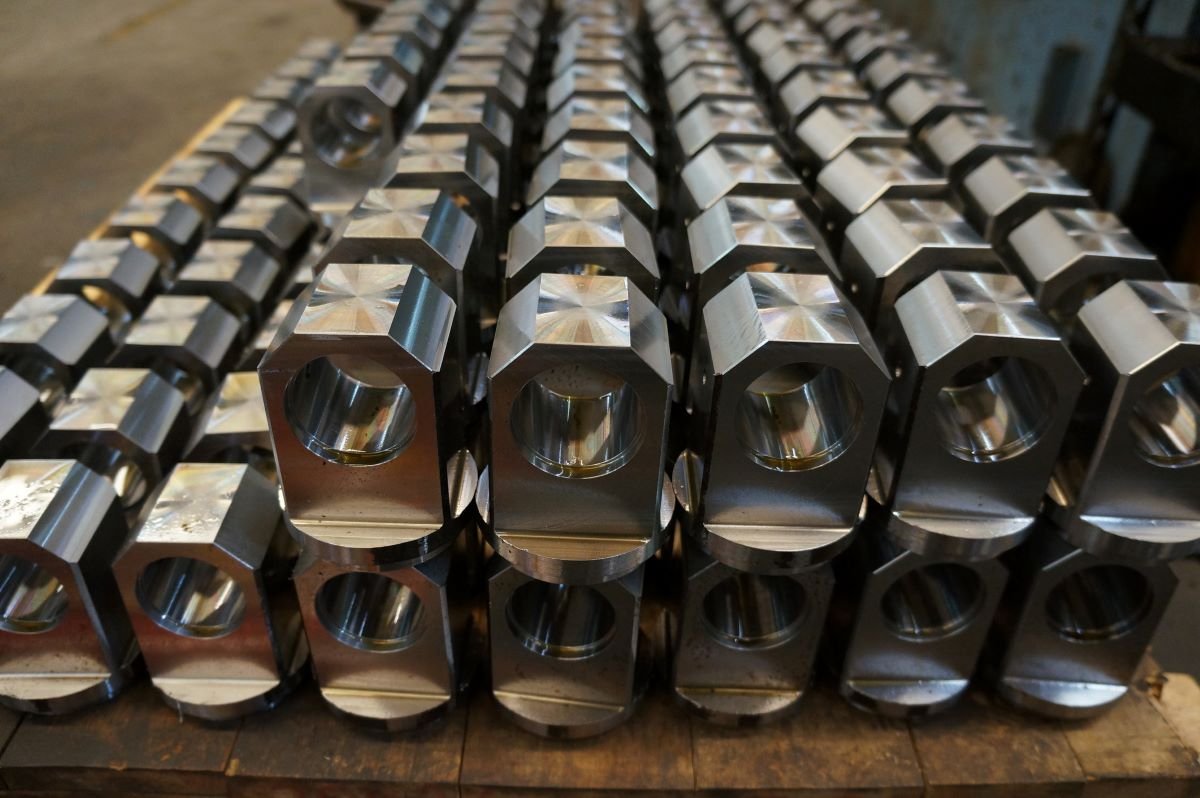
Supplier Emissions – Validations & Approvals
Even if your suppliers comply promptly with carbon emissions data requests, you’re going to have to spend some time validating and approving their submissions. There are 15 different categories of Scope 3 carbon emissions, and many of them require reporting in specific formats. Have your suppliers provided emissions data for all required categories of reporting? Have they provided carbon emissions data in the format required for compliance? If it's a no, here’s how businesses can approach this:Verification of Data Sources
- Ensure suppliers provide emissions data backed by credible and verifiable sources.
- Cross-check data with third-party audits or certifications to validate its authenticity.
Adherence to Reporting Standards
- Require suppliers to align with established frameworks like the GHG Protocol or ISO 14064 for consistency.
- Use standardised methodologies to avoid discrepancies across suppliers.
Independent Third-Party Audits
- Engage third-party auditors to review supplier emissions data for impartiality and accuracy.
- Certifications such as Science Based Targets initiative (SBTi) validation ensure data integrity.
Technology-Driven Solutions
- Leverage digital platforms for real-time tracking and validation of supplier emissions.
- Tools like carbon accounting software can streamline the data validation process and flag inconsistencies. Learn more about such tools in our guide on carbon accounting software.
Supplier Collaboration and Training
- Work closely with suppliers to enhance their understanding of emissions reporting.
- Provide training and resources to ensure accurate data collection and reporting practices.
Why It Matters
Validations and approvals are crucial for transparency and compliance with regulatory requirements. Reliable supplier data not only builds trust but also supports strategic decision-making for emissions reduction and sustainability initiatives.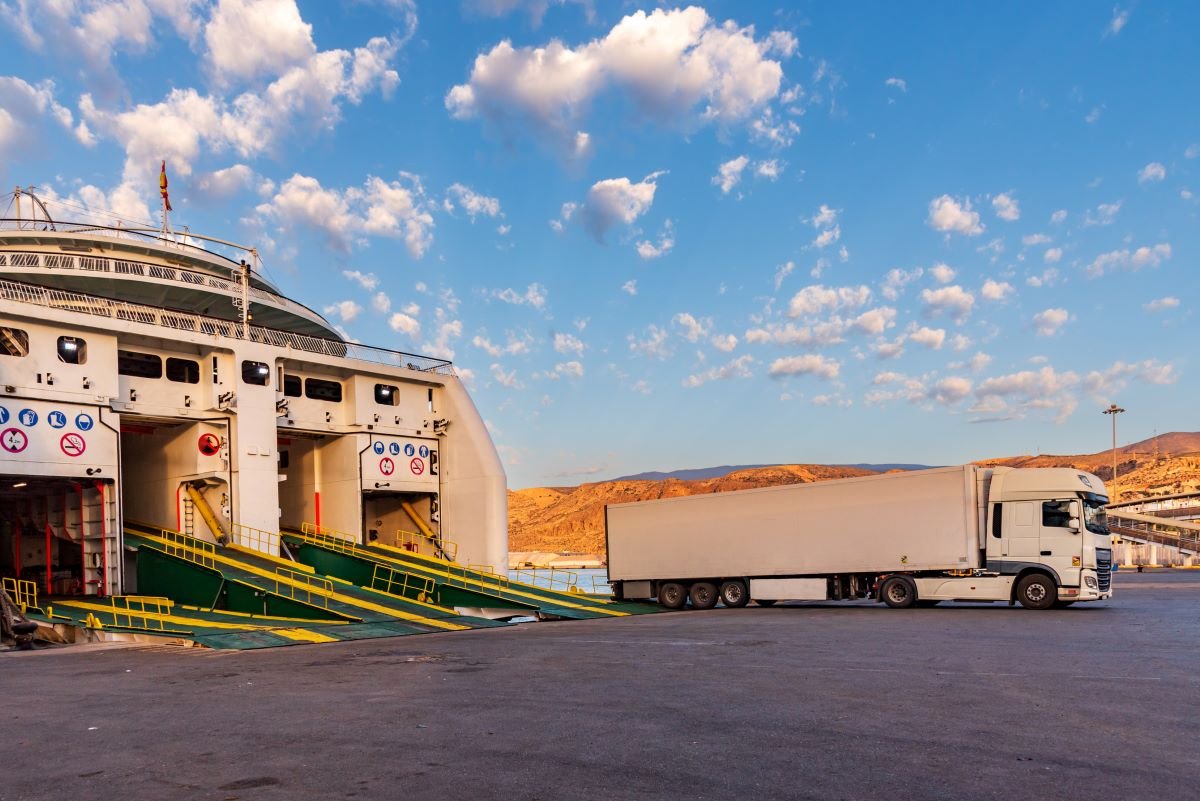
How Carbon Accounting Software Can Help Control Supply Chain Emissions?
Effectively managing and validating supplier emissions is crucial for businesses aiming to enhance sustainability and ensure compliance. Carbon accounting software offers several advantages in this regard:Centralised Data Management
These platforms consolidate supplier emissions data into a single system, facilitating easier tracking and analysis. Real-time updates enable businesses to monitor supplier performance seamlessly.Automated Emissions Calculations
Software automates emissions calculations based on recognised standards like the GHG Protocol, ensuring accuracy and consistency. This automation reduces manual workload and minimises errors. For instance, Mavarick's platform provides automated data collection and standardised calculations, aligning with global standards such as the GHG Protocol and ISO 14064.Supplier Performance Dashboards
Intuitive dashboards offer clear insights into emissions trends, helping businesses identify high-emission areas and prioritise actions. These insights drive informed decision-making for both suppliers and the business.Integration with Reporting Standards
Carbon accounting tools align with regulatory frameworks such as CSRD, GHG Protocol, and ISO standards, ensuring compliance and facilitating confident report submissions.Scenario Analysis for Emissions Reduction
Advanced modelling features allow companies to test different strategies for emissions reduction and predict their outcomes. This enables businesses to adopt effective solutions that align with their sustainability targets. Mavarick's platform offers AI-driven tools for emissions reduction, providing insights and recommendations to help businesses achieve their decarbonistion goals.Supplier Collaboration and Engagement
The software simplifies supplier onboarding by providing tools for emissions tracking and reporting, enhancing collaboration and ensuring alignment with sustainability goals.Validation and Audit Features
Built-in validation tools ensure supplier data is accurate and compliant with global standards. Audit trails provide transparency, fostering trust among stakeholders and regulatory bodies. Mavarick's platform maintains a full audit trail for every calculation and data entry, ensuring reports are fully verifiable during audits or regulatory reviews.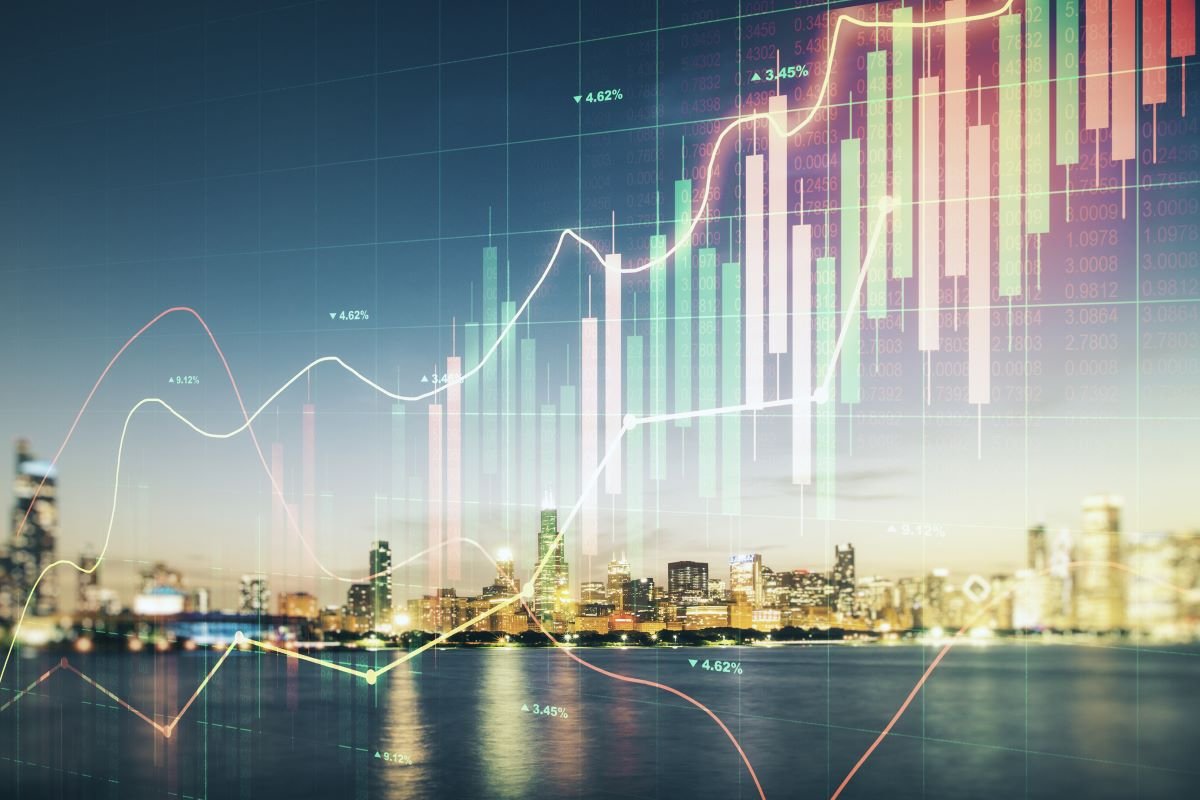
How Can Mavarick Help Make your Supply Chain more Sustainable?
Mavarick offers comprehensive solutions to enhance the sustainability of your supply chain through advanced carbon accounting and management tools. Here's how Mavarick can assist:Accurate Emissions Tracking
Mavarick's supply chain and scope 3 emissions tracker enables precise monitoring of Scope 1, 2, and 3 emissions across your supply chain, providing a clear understanding of your carbon footprint.Supplier Engagement and Collaboration
The platform facilitates effective communication with suppliers, promoting transparency and collaboration to achieve shared sustainability goals.Compliance with Reporting Standards
Mavarick’ regulatory emission reporting software ensures alignment with global reporting frameworks such as the GHG Protocol and CSRD, simplifying the compliance process.Data Quality and Validation
The platform's carbon emissions data quality and capture feature emphasises high-quality data collection and validation, ensuring the reliability of your emissions reporting.Actionable Insights for Emissions Reduction
Mavarick provides insights and recommendations to identify emission hotspots and implement effective reduction strategies within your supply chain.Conclusion
Sustainability in supply chains is no longer just a compliance requirement—it’s a critical opportunity to drive innovation, reduce costs, and build trust with stakeholders. By addressing supply chain emissions, businesses can unlock significant environmental and economic benefits while positioning themselves as leaders in the fight against climate change. The journey toward a sustainable supply chain requires collaboration, the right tools, and a commitment to long-term impact. Contact Mavarick today to explore how our cutting-edge solutions can simplify emissions tracking, improve supplier engagement, and transform your supply chain into a sustainable powerhouse.Frequently Asked Questions (FAQs)
- Why are supply chain emissions critical to address? Supply chain emissions often account for the largest portion of a company’s carbon footprint, encompassing activities like raw material sourcing, transportation, and production. Addressing these emissions is essential to achieving meaningful sustainability goals and meeting regulatory compliance standards.
- What’s the difference between Scope 3 emissions and supply chain emissions? Scope 3 emissions cover all indirect emissions in a company’s value chain, both upstream (e.g., supplier activities) and downstream (e.g., product use and disposal). Supply chain emissions are a subset of Scope 3, focusing specifically on upstream activities like production, transportation, and logistics.
- How can carbon accounting software help manage supply chain emissions? Carbon accounting software automates emissions tracking, aligns data with global standards, and provides actionable insights for reducing emissions. It also facilitates supplier engagement, streamlines reporting processes, and ensures compliance with frameworks like CSRD and the GHG Protocol.
- What are the challenges of reporting supply chain emissions? Key challenges include inconsistent data quality, lack of standardized reporting frameworks, limited supplier collaboration, and the resource-intensive nature of emissions tracking. Addressing these requires robust tools and collaboration across the supply chain.
- How can Mavarick support businesses in achieving sustainable supply chains? Mavarick offers solutions to track, validate, and manage supplier emissions effectively. From automated reporting to supplier collaboration tools, Mavarick simplifies the path to a more sustainable and compliant supply chain. Contact Mavarick to learn more about transforming your operations.
Carbon Accounting System
Carbon Emissions Reporting for the Supply Chain
- Visible Supply Chain
- Quality Data You can Trust
- Auditable Reports

